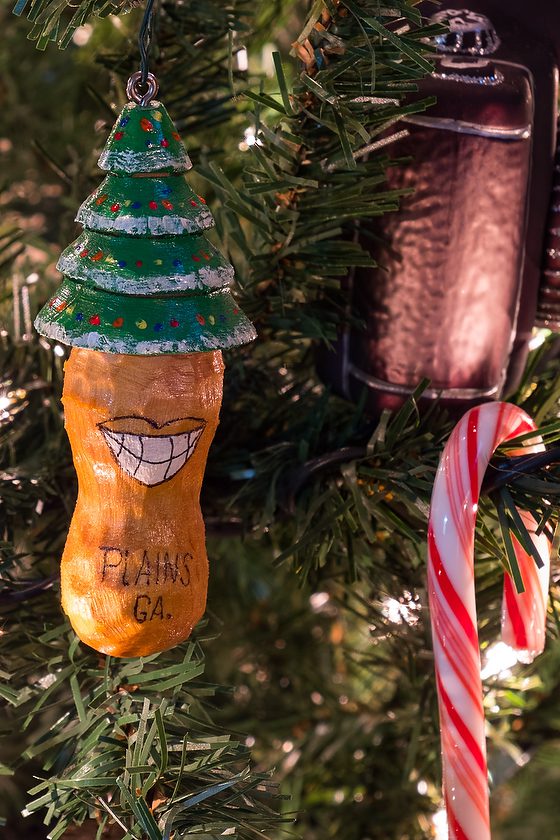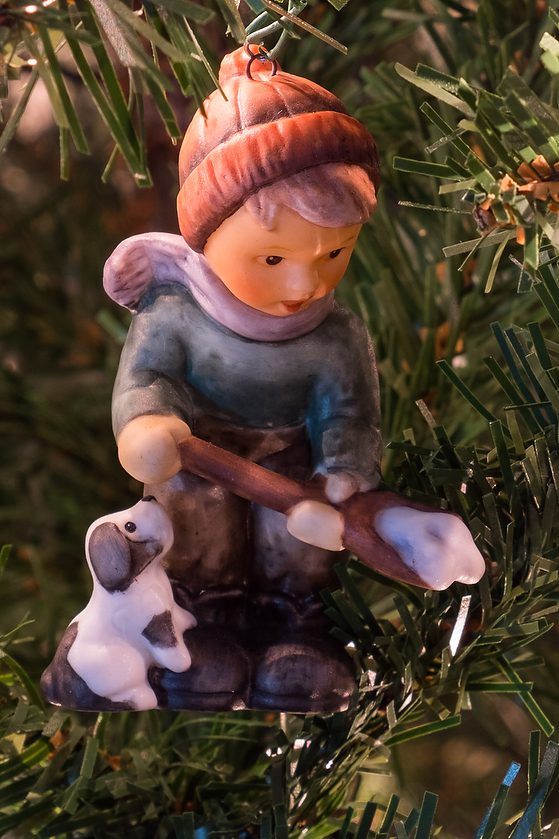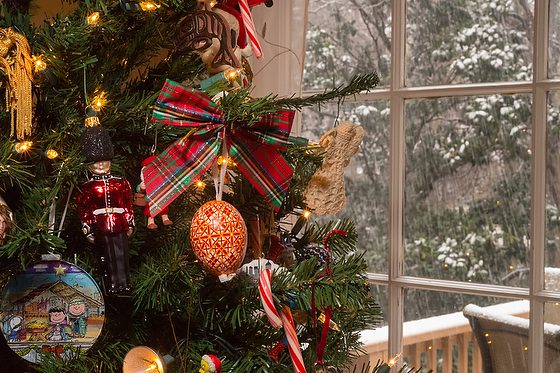First Snow for Winter 2017 in Roswell, Georgia. Christmas Tree with our Magnolia tree in the backyard. [Nikon D5, Sigma 24-105mm ƒ/4, ISO 400, ƒ/14, 1/40 – Godox V860IIN with MAGMOD MagSphere]
One of the biggest things to ever hit photography was the move to digital.
No matter how experienced you were in photography if you were a film shooter and went to digital, you went through the digital learning curve.
In the 1980s, I went to learn about computers. I remember learning Quicken to track my checkbook and credit cards. I used a dial-up modem to connect to the internet and go to the NPPA forums, similar to the message board; here was my first time connecting to photographers worldwide.
In the early 1990s, I experienced the learning curve for scanning film and learning PhotoShop. I kept waiting for the digital camera to surpass the film so I could jump to digital capture.
In 2002 I bought my first digital Nikon D100 camera. Just one year earlier, a similar 6-megapixel camera cost $25,000, and then I was able to buy the Nikon D100 for $1,999.

All my colleagues and newbies to photography were all part of the digital learning curve.
I remember being told to shoot Adobe RGB, yet when I took the pictures to the local pro lab, they came out all screwed up. This is when I started learning about color space and realized the printers could read sRGB at the time, not Adobe RGB.
This was when photography workshops exploded. We all needed help to learn PhotoShop and then later Lightroom.
Other advances were also happening. Most in the industry with the film were using the hot shoe Vivitar 283, an automatic flash where you dialed the output by picking yellow or red, and if you bought the adapter, you could control it by power.

Nikon introduced a pretty complex TTL hot shoe system that changed lighting. Again we needed workshops to learn to use them.
The web evolved from forums to delivering videos. Now you can Google almost anything on YouTube and find a video showing you how to do just about anything, including everything around photography.
This meant workshops started dropping off in attendance.
Camera stores started building online stores, which also changed the industry.
We no longer have the entire industry on the same learning curve at the same time as we did with the change from film to digital capture.
Now we are back to where we were just before the digital revolution hit. We are talking about the subject.

Workshops are now coming full circle. We are now talking about how to make a living in this industry again, concentrating on capturing subjects and telling stories.
We are also talking about the business side—excellent customer service and how to protect yourself when working with clients.
Who do we seek out now to listen to? I am now having a more challenging time finding those “trending.” There are just so many mediums in specialties that you may not even know about some incredible photographers because we no longer have just a few publications as in the past.
We are looking for those people producing great images and want to learn from them.
What I think we want more than anything in the future is a way to find great work produced worldwide.
The problem is that most pros are scared to promote other work for fear of losing jobs. Therefore how do you find great work? I think whoever creates the new place to point us to great work is what will be the next big thing in photography.

